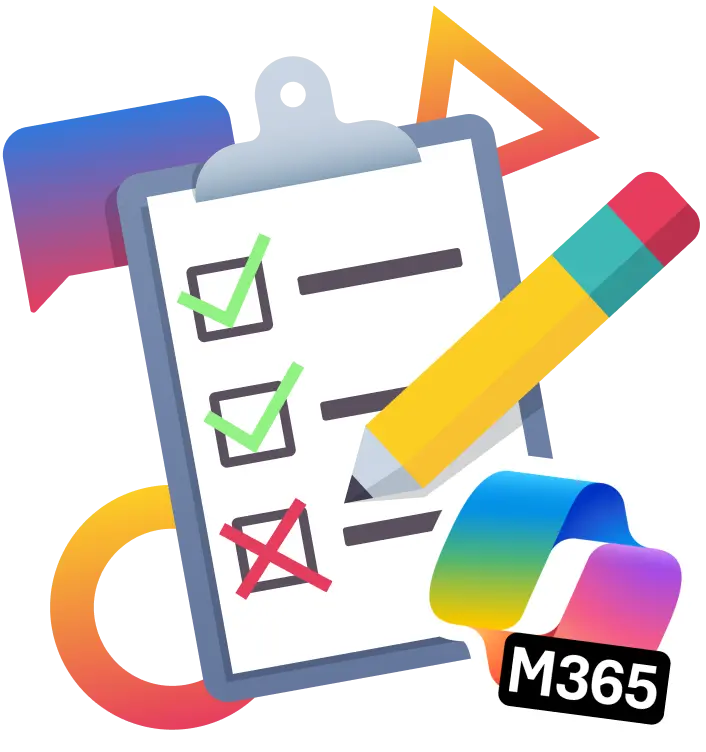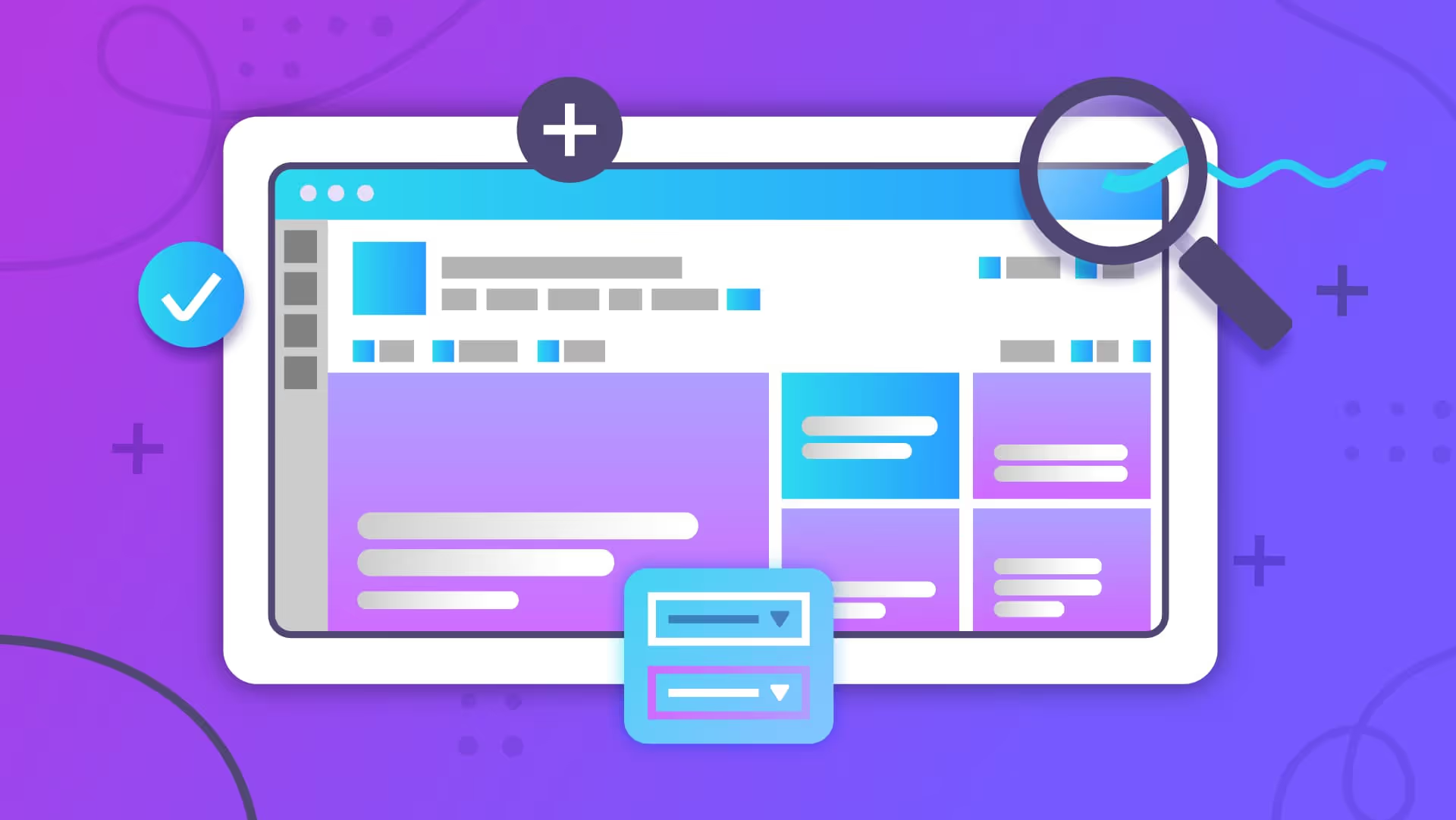How a Company That Builds Intranets Built Their Intranet
Practicing what we preach has not only streamlined our own internal communication but it helped us relate to clients and improve their experience.
Intro
Here at Bulb Digital, we help people modernize their workplace. That can mean a lot of things, but one aspect of it is improving communication and collaboration.
Company intranets are at the forefront of internal communication. They have the power to completely transform the internal communications experience for employees. We get excited about intranets, because we build them every day and watch the positive impact they have on our clients.
About a year ago, we realized our own intranet needed to be addressed. We had a pieced together portal containing some lightweight intranet framework, and a whole lot of ‘ideas’ that were mostly built out, and then abandoned.
As a team of people who know the ins and outs of SharePoint (the platform we use to build intranets), we like to play around with all of the latest and greatest features, and where do we do this experimenting? On our own internet. After some recent intranet builds for clients, we realized we wanted to invest our time into completing our own into something we were proud to show off.
We had a few goals with this project:
First, to make our intranet fully functional, a platform that would take our growing company to the next level in terms of communication. We needed a central source of truth to hold important employee information, such as benefits documents and guides for how we do projects.
We also needed a repository for company news – a place to post news but also to maintain our news history.
Another goal we had was to follow the process we put our own clients through when planning and building their intranets, that way we could increase our empathy for their experience and find ways to improve our process for future projects.
Taking Inventory
We began this project by taking inventory. Conducting a thorough inventory and assessment of our content would allow us to create a well-organized intranet that would be easy to maintain and last long into the future. We conducted this inventory with the following goals in mind:
- We need to know what we need to have a place for in the future portal. Both the content and the type of content.
- We need to know what to fit into the navigation
- Conduct both a content audit and a company audit, this is necessary to capture content that needs a place on a future portal that doesn't have a place on the current portal
To do this, we combed through the existing intranet as well as all of our existing sites and knowledge repositories. We documented what needed to be moved to the new intranet, what was living in the appropriate site, and what needed to be cleaned up.
Once all content was identified, we also identified who was responsible for that content, we call those people "content owners". Content owners had the responsibility of identifying the appropriate home for their content, including what needed a home on the new and improved intranet.
.jpeg)
Taking inventory also led us to identify what needed to be cleaned up. As I mentioned, we had a lot of experimenting done on our intranet, so it had several sites people used as test sites or business ventures that didn’t go anywhere. Once identified, we determined as a team what we could remove or clean up
Plan & Build
Once we had completed our inventory, we were able to determine a streamlined go-forward plan. We analyzed the inventory to fully understand how we, here at Bulb, approach our content. This understanding allowed us to design the information architecture and navigation accordingly.
The plan to move forward involved continued site clean up of outdated content, but also the re-establishment of sites that were needed and the creation of new sites as we had determined during the inventory analysis.
We identified news that we wanted to position our culture around, and defined news categories. This created a space of categorized news that would be relevant to what was going on in our business while being of interest to employees.

Just like we do with clients, we asked key stakeholders for validation on our site structure and navigation plans before moving forward.
Migration
Once the site structure was revamped and new sites were created according to the plan, it was time to migrate some of our existing content to its new home. This included all content identified during the inventory stage that would need to be moved from an existing SharePoint site to its home on the "new" intranet.
The identified content owner was responsible for their portion of the migration. Once complete, we were able to clean up existing SharePoint sites within our tenant which were no longer needed. We also reworked sites which would have a different purpose after their content was moved.
Add Content
Now that existing content was re-homed and organized in the new site, it was time to add new content. With the thought-out site structure and navigation already in place, it was straight forward to instruct content owners of where to place their content.
Additionally, we had one of our team members build a custom employee directory which always displays the upcoming birthdays and anniversaries of our coworkers.


SELF ASSESSMENT
Is your business getting full value from your M365 subscription?
Billions of dollars are wasted each year on underused subscriptions. Take 3 minutes to find out where your tools are driving results, and where they’re holding you back.
Find Out Now

Is Team Communication Holding You Back?
Find Out in Just 2 Minutes.
Take our quick scorecard to uncover communication gaps and hidden barriers within your team.
Launch
We always advise against a “big bang” launch approach to intranets, as that approach creates a variety of problems. Instead, we recommend breaking up the launch based on a variety of factors including what content is available and ready to get going, and what content will have the most impact/value for users, while making the least disruption. This type of approach leads to long term success with overall adoption.
News is an important part of our culture here at Bulb. It is also a regular touch point with employees and a low-barrier to entry way to have them access the intranet. Because of this, we used News as the first area launched on the ‘new’ intranet. The secondary benefit to this is that when people access news, they are seeing other areas that are launched and start poking around and becoming more comfortable with the new site.
At our time of launch, we also had all of our employee benefit information loaded and sites complete, so we released news articles about the benefits information leading them to where they could find needed information and documents.

From there, our launch was phased. We launched sites in groups, which we prioritized based on our business needs and readiness of content. Once a site or group of sites was built out and all content was ready, we launched them. Oftentimes letting our team know via a news article.
Sometimes, additional training or instructions were needed for sites, so we also held a Lunch & Learn for our team on how to utilize our new intranet.
Iterate
After the launch, it was important to us to monitor usage and establish a feedback loop. We created a site specifically for gathering employee feedback which was linked right to our homepage.
Gathering this information gave us insight into what content was being used, what content was still desired, and what content we needed to spend more time on. Our work on our intranet is never done, as we plan on continuously improving and developing as we develop as a company.

Conclusion
We now have an intranet for all our internal communications. It serves as an easily-accessible, central source of employee information – containing everything from benefits documents and company news, to what we do at Bulb and why.
Our intranet is a resource that drives our culture and connectedness. This project allowed us to create this valuable resource, but also allowed us to practice what we preach. As we went through our own process we walk clients through, we feel we are better able to relate to them and, ultimately, improve their experience.






.avif)

.jpg)

.jpg)





